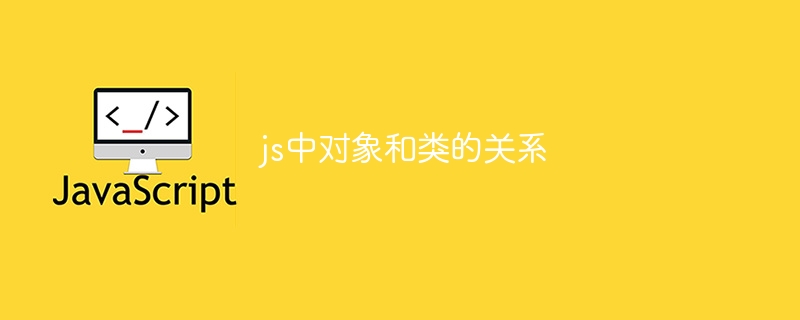
Objects are instances of classes and are data storage units, while classes are templates for creating objects and define their structure and behavior. Objects can be created through key-value pairs, while classes create objects through the new keyword, and have features such as inheritance, overwriting, and polymorphism to achieve object management and code reuse.

The relationship between objects and classes in JavaScript
Objects are the basic unit for storing data in JavaScript, and classes It is the blueprint for creating objects. Understanding the relationship between them is critical to effective development with JavaScript.
Object
An object is essentially a collection of key-value pairs, where the key is a string and the value can be any data type. Objects can be created and manipulated using the following syntax:
const object = { key1: value1, key2: value2, ... };Class
A class is a template for creating objects. They define the object's structure, behavior, and default values. Classes are defined using the following syntax:
class ClassName { constructor(parameters) { this.property1 = parameters.property1; this.property2 = parameters.property2; ... } method1() { // 方法实现 } method2() { // 方法实现 } ... }The relationship between objects and classes
Objects are instances of classes. When we create a new object, we are actually creating a copy of the class that has all the properties and methods of the class.
newkeyword to create objects of a class. For example:const object = new ClassName(parameters);Animaland then create subclasses such asDog,Cat, andBird. We can then write a method that handles all animal objects without knowing their specific types.Conclusion
Objects and classes are closely related in JavaScript. Objects are instances of classes, and classes are blueprints for creating objects. Understanding the relationship between them is crucial for effective object management and code reuse with JavaScript.
The above is the detailed content of The relationship between objects and classes in js. For more information, please follow other related articles on the PHP Chinese website!




